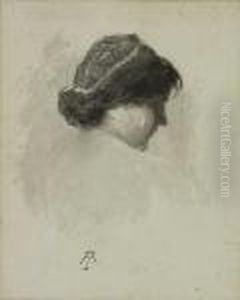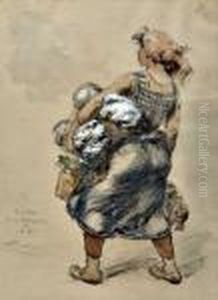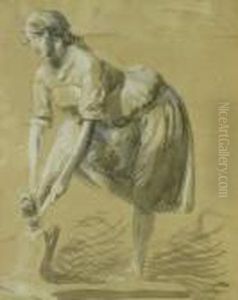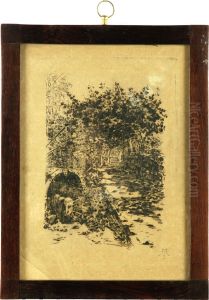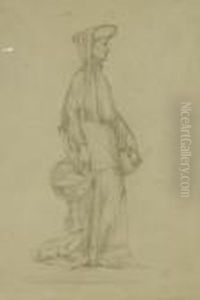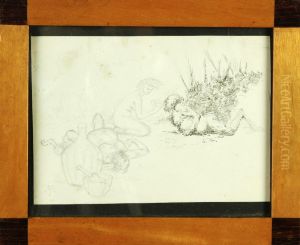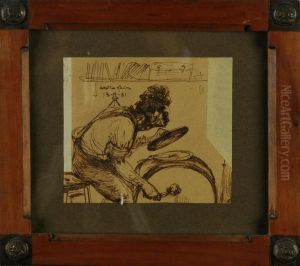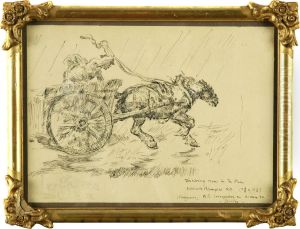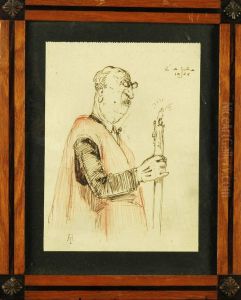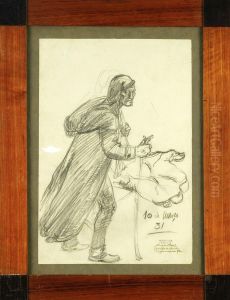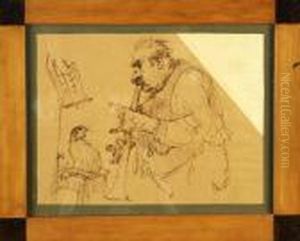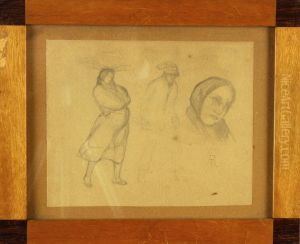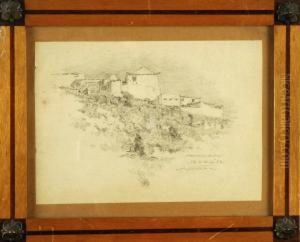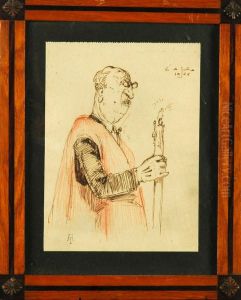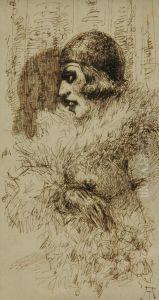Artur Anjos Teixeira Paintings
Artur Anjos Teixeira was a Portuguese sculptor born in 1880 in Lisbon, Portugal. Coming from a family with a strong artistic background, his uncle, Soares dos Reis, was one of the most distinguished sculptors in Portugal, which undoubtedly influenced Teixeira's early interest in the arts. He pursued his formal education in the fine arts at the prestigious School of Fine Arts in Lisbon, where he honed his skills and developed a passion for sculpture.
Teixeira's work was primarily in the naturalist and realist styles, reflecting a keen observation of human and animal forms. His ability to capture emotion and movement in static sculptures earned him recognition in the Portuguese art scene. Throughout his career, Teixeira participated in numerous exhibitions, both nationally and internationally, where his work received critical acclaim.
In addition to creating standalone sculptures, Teixeira was also involved in decorative arts, contributing to the design and ornamentation of public buildings and monuments in Portugal. His works often depicted historical and cultural themes, bridging the past with the present and showcasing a deep reverence for Portuguese heritage.
Despite his success, Artur Anjos Teixeira remained dedicated to his craft, continuously exploring new techniques and materials. His contribution to Portuguese art was significant, and he played a key role in the development of modern sculpture in Portugal. Teixeira passed away in 1935, leaving behind a legacy that continues to be celebrated in the art world. His works are preserved in museums and collections across Portugal, serving as a testament to his artistic vision and skill.
